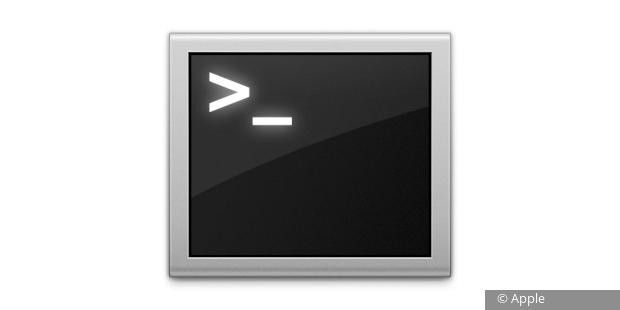
Every second, millions of people around the world download data. With the monumental amount of data circulating back and forth from the internet to every corner of the world, it's no wonder there are major security issues at every turn and pass. And while some attacks come from dedicated hackers, many of the problems can be avoided by being mindful of what is being downloaded to our computers.
- Nov 30, 2016 Checking the MD5 Checksum of a file ensures the file you are downloading is not corrupted and you are getting exactly what you are expecting. To check the MD5 using Terminal on a Mac is extremely simple. Open Terminal; Type md5 and hit the SPACE button; Drag the file you have downloaded into the Terminal Window.
- Oct 13, 2009 You can easily check the MD5 Hash of any file on your Mac, all you need to do is launch the Terminal and type the ‘md5’ command and point it at the file you wish to check the md5 has for. How to Check MD5 Hash of a File on Mac First launch the Terminal application, located in the /Applications.
- 怎样在 Mac 上查看文件的 MD5 值?.
Md5sum on Mac OS X check MD5 hashes Written by Guillermo Garron Date: 2012-07-13 06:34:32 00:00. A good way to verify if a transferred file has not lose a bit or two in its path from one PC to another, is to use MD5 hash. What you do, is calculate the digital signature. How to verify checksum on a Mac - MD5, SHA1, SHA256, etc. In this tutorial we will learn to find checksum of a downloaded file in Mac using the terminal. How can you create an md5 hash for a string on a mac using bash? Md5sum does not exist in my environment. I did a man for md5 but I'm confused about what that really does.
Mac Md5 Checksum
SEE:The 15 most frightening data breaches
One simple method that involves little more than a command run against the file downloaded is the checksum. Otherwise known as a hash, these values are the result of running a series of algorithms against any kind of file type. The resulting sequence generated provides you with some peace of mind in knowing the file(s) have been unfettered — so long as the hash value matches those provided by vendors, such as Apple, Microsoft, and a host of third-party developers.
The two main types of checksums are MD5 and SHA. The checksum types are similar in result, though go about the hash generation process in different ways, particularly in the strength of the underlying encryption used in the algorithm.
MD5 uses a 128-bit digest size. Even though MD5 has been compromised, it is still the most used type of checksum. Command: md5 filename.extension (Figure A).
Figure A
SHA offers expanded security, using a 160-bit digest size for SHA-1. The more secure SHA-2 and SHA-3 cryptographic hashes offer up to 512-bit digest sizes and an overall hardened cryptanalysis. Command: shasum filename.extension (Figure B).
Figure B

The concept behind using a checksum for verification purposes is that a developer may write code for an application. Upon packaging the app, the developer can run a checksum on the file to determine its hash. This value is then made publicly available, allowing users to run their own checksum against the downloaded file from a webserver and compare the value generated in Terminal to that of the developer's posted value.
If the values match, chances are quite good the integrity of the original file has not been compromised (Figure C). If the values don't match, there is good reason to believe the file (or contents there of) may have undergone an unauthorized modification, which is common for malware, like Trojan horses or spyware.
Figure C
Sound off
Mac Terminal How To Open
Have you ever used checksums when creating data? If so, how was the experience? Let us know in the comments.
Also see
- 20 Terminal shortcuts developers need to know (TechRepublic)
- Why citizens need encryption as a fundamental human right (TechRepublic)
- Defending the last missing pixels: Phil Zimmermann speaks out on encryption, privacy, and avoiding a surveillance state (TechRepublic)
- Encryption Policy (Tech Pro Research)
댓글